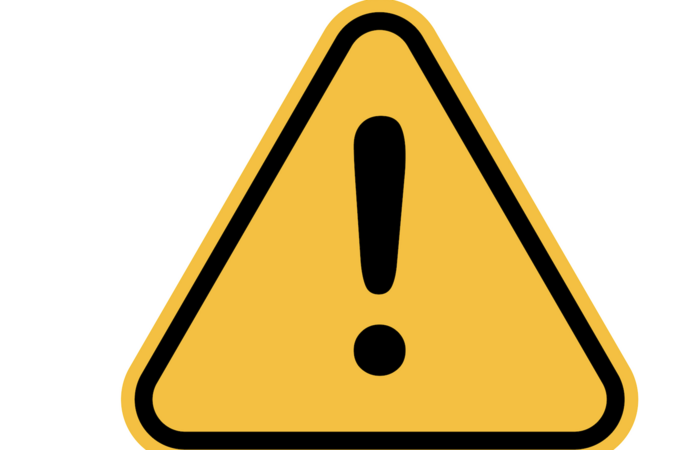MHRA: Hyoscine hydrobromide patches may have serious side effects
In Analysis
Follow this topic
Bookmark
Record learning outcomes
The Medicines and Healthcare products Regulatory Agency has urged pharmacists and other healthcare professionals to watch out for possible anticholinergic side effects in patients who use hyoscine hydrobromide patches.
The regulator issued its warning after receiving a small number of reports of serious and life-threatening side effects associated with the patches especially when used outside their licence, including the death of a child from hyperthermia.
The patches are used to prevent motion or travel sickness symptoms such as nausea, vomiting and vertigo in adults and children aged 10 or older. They can be used outside their licence for indications other than motion or travel sickness and in children younger than 10, as well as the management of hypersecretion or hypersalivation in patients with complex multiple disabilities or cerebral palsy, Parkinson’s disease, those on ventilation, individuals with drug-induced hypersalivation and patients requiring palliative care.
The patches can also be used to manage nausea and vomiting in patients after surgery or those with cancer.
The MHRA said healthcare professionals need to be aware of possible side effects associated with the patches, including high temperature, inability to urinate, confusion, disorientation, seeing or hearing things that are not there, fits or convulsions, reduced consciousness and breathing difficulties.
It said if those symptoms occur, patients should seek medical help and remove the patch immediately.
The MHRA said: “Hyoscine hydrobromide is a muscarinic acetylcholine receptor antagonist. Since it crosses the blood–brain barrier it has both central and peripheral actions, causing a range of anticholinergic side-effects including hyperthermia, urinary retention, dry mouth, disturbances of visual accommodation (blurred vision), mydriasis, skin irritation, generalised rash, somnolence, dizziness, memory impairment, disturbances in attention, restlessness, disorientation, confusion, hallucinations, delirium, seizures, coma, and respiratory paralysis.”
It said hyoscine in the skin can continue to enter the blood stream even after the patch has been removed and side effects can persist for up to 24 hours or longer. It warned children and the elderly “are more susceptible to anticholinergic toxicity.”

